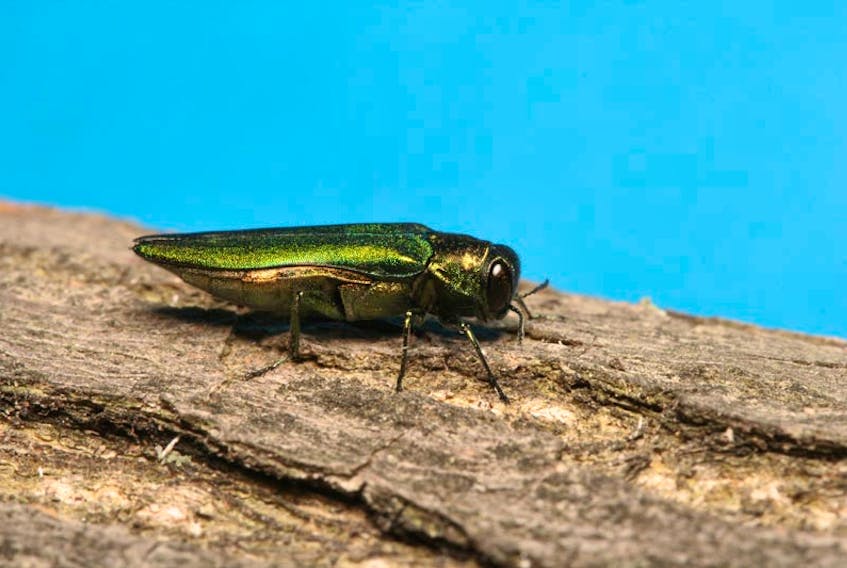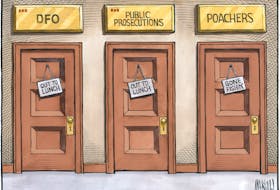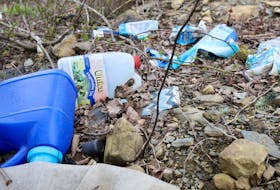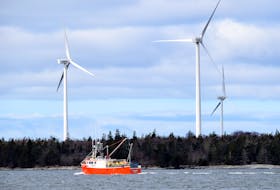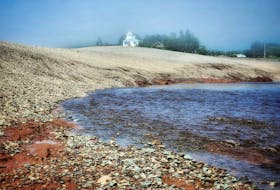YARMOUTH, N.S. — Since its discovery in Ontario in 2002, the emerald ash borer (EAB), an invasive insect species from Asia, has killed tens of millions of ash trees in Eastern Canada.
The tiny but mighty insect has continued to expand its range and is now found in Manitoba, Ontario, Quebec, New Brunswick and Nova Scotia.
Naturalists are concerned that the emerald ash borer threatens the existence of ash in Canada.
The larvae bore into the tree, creating tunnels in the wood under the bark. These tunnels disrupt water and nutrient flow, killing the tree.
At this time, collecting ash seeds is the only way to protect the genetic diversity of the species. The collection is particularly challenging for the experts - trees only produce seeds, which are ripe in late summer, every 5 to 7 years.

The Canadian Forest Service National Tree Seed Centre (NTSC) has taken the lead in Canada in collecting ash seed for future restoration activities. Ash trees appear to be producing seeds in 2019, and the centre urgently need the public’s help in identifying ash stands, particularly in the areas where they do not have collections.
Organizations as well as the general public can assist the centre in this effort by locating ash stands and populations and collecting seed to send.
Those who submit collected seed, are asked to include a sample twig and pressed leaf from the tree in question.
Trees are best identified and flagged in August, well before seed collection time.
More on Ash seed collection

